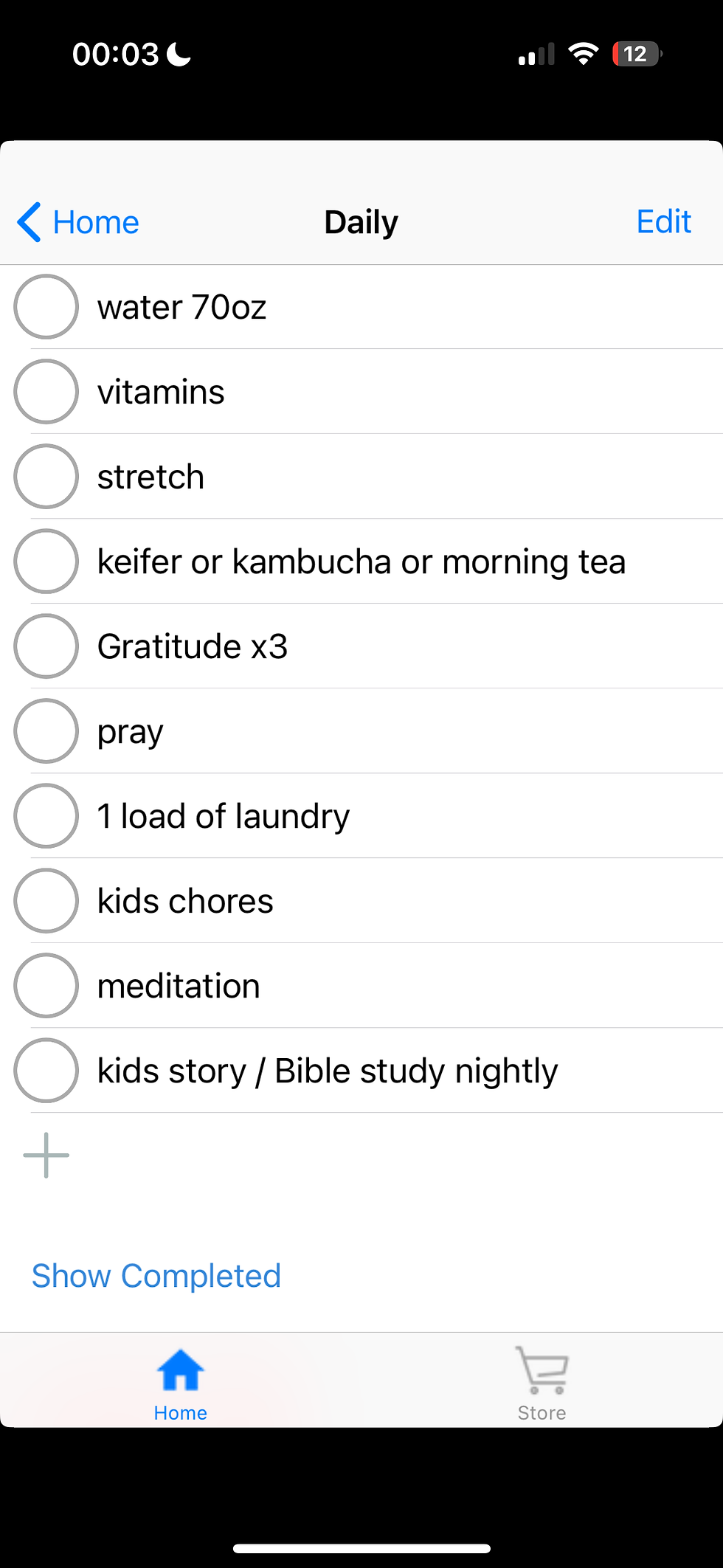In the hustle and bustles of modern life, the idea of making significant sweeping changes can often feel overwhelming. Enter micro habits the small seemingly insignificant actions that when practiced consistently, can lead to substantial improvements over time. These tiny habits harness the power of incremental progress making it easier to achieve long term goals without the stress and pressure of drastic transformations.
What are Micro Habits?
Micro habits are minuscule actions that require minimal effort yet have the potential to compound into significant results. Unlike ambitious resolutions or major lifestyle overhauls, micro habits are designed to be so small and easy that they are almost impossible to fail. For example, if your goal is to read more, a micro habit could be reading just one page a day. If you want to get fitter it might be doing one push up each moning
Why Micro Habits Work
1. Simplicity: The simplicity of micro habits eliminates the intimidation factor. When the task is small and easily manageable, it’s harder to come up with excuses not to do it.
2. Consistency: Consistency is key for to forming any habit. Since micro habits are easy to integrate into your daily routine, you’re more likely to stick with them long enough for them to become automatic.
3. Momentum: Small actions can create momentum. Successfully completing a micro habit gives you a sense of accomplishment, which can motivate you to continue and potentially expand on the habit.
4. Compound Effect: Like compound interest the effects of micro habits accumulate over time. What starts as a tiny effort can lead to significant changes as the habit becomes ingrained and potentially grow
How to Create Micro Habits
1. Identify Your Goal: Start with a clear objective. Whether it’s improving your health, increasing productivity, or learning a new skill, having a specific goal will guide the creation of your micro habit.
2. Break It Down: Divide your goal into the smallest possible actions. The key is to make the habit so easy that you can’t say no to it. For instance, if you want to start meditating begin with just one minute a day.
3. Anchor to Existing Habits: Link your new micro habit to an existing routine. This strategy, known as “habit stacking,” leverages the strength of an established habit to create a new one. For example, if you brush your teeth every morning you could add your new micro habit right after.
4. Track Your Progress: Use a habit tracker or a simple checklist to monitor your consistency. Seeing your progress visually can be motivating and help you stay committed.
5. Be Patient: Understand that the power of micro habits lies in their consistency over time. Be patient and give yourself grace if you miss a day. The goal is long term sustainability, not perfection.
Examples of Micro Habits:
- Health: Drink a glass of water first thing in the morning.
- Fitness: Do one minute of stretching before bed.
- Productivity: Write down one thing you’re grateful for each day.
- Learning: Learn one new word in a foreign language each day.
- Mindfulness: Spend one minute each day focusing on your breathing..
I've been using an app called "Reminders for Recurring Tasks" to manage my micro habits and it's fantastic. This app helps me stay on top of my daily routines with customizable reminders and easy progress tracking. For instance, I have a reminder to meditate for five minutes every morning, which helps me start my day right. Here's a snapshot of my daily micro habits on the app.

I take my tasks a bit further and also implement weekly tasks as well. Micro habits are a powerful tool for personal growth. By focusing on small, consistent actions, you can build momentum and achieve significant improvements over time. Remember, the journey to any great achievement starts with a single tiny step!
Books I recommend for this topic:
Atomic habits by James clear
Tiny Habits by DJ Fogg
Ashley Nichole
Reference:
Clear, J. (2018). *Atomic habits: An easy & proven way to build good habits & break bad ones*. Avery.
T

Comments